Game description:
Blood Mall places the player inside a commercial space transformed by an unexpected event. The mall, once used for shopping and routine movement, has become an unstable location. The structure is intact, but its purpose has changed. The character arrives after the disruption has already taken place. Lights are on, signage is visible, but something else moves in the distance. The mall is no longer safe, and it offers no instruction or clear reason for what has gone wrong.
Movement and Observation
Exploration drives progression. The player moves through corridors, food courts, storage rooms, and blocked entrances. The layout is consistent with typical mall architecture, but navigation now involves tracking changes in the environment. Some areas are locked, others can only be reached after specific objects are found or conditions are met. Sounds echo differently in certain zones, and environmental elements suggest previous activity. The space must be read carefully — not just seen, but interpreted based on what’s missing or misplaced.
Game Elements and Mechanics
Core gameplay components include:
· First-person exploration inside a defined indoor space
· A dinosaur as the primary moving threat
· Interaction with doors, items, and blocked passages
· Environmental triggers that control access and safety
· A non-linear path requiring memory and backtracking
The game builds its structure around tension and planning. There are no weapons or combat systems. Survival depends on movement, timing, and understanding how the mall operates under new conditions.
Presence Without Warning
The dinosaur moves throughout the map with no fixed pattern. The player cannot rely on scripted encounters but must adapt based on indirect signals — sound, shadow, or sudden absence. The environment becomes part of the threat. Hallways that felt clear may change without notice. Backtracking introduces risk. The mall is not built as a horror setting, but it behaves like one once the player understands what they are sharing the space with.
Escape as a Process
The goal is not only to reach the exit but to do so with knowledge of how the mall has changed. Blood Mall uses space as narrative. It doesn’t deliver information directly. Instead, it suggests a story through positioning, movement limits, and unexpected behavior from the environment. The mall becomes a controlled system that resists return to normalcy. The only way out is by learning how it now functions — and then finding a moment when movement is still possible.








































































































































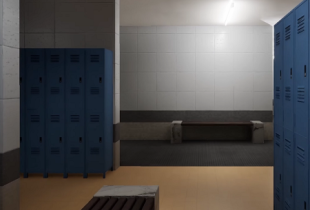



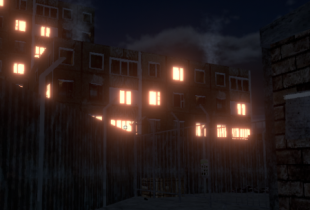


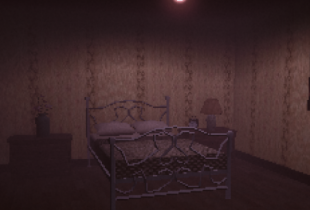


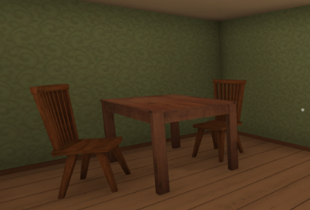

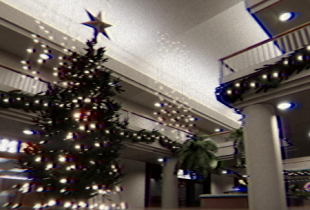
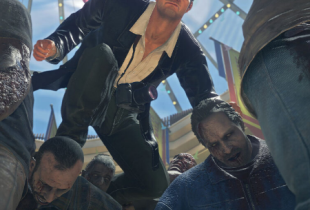


Comments